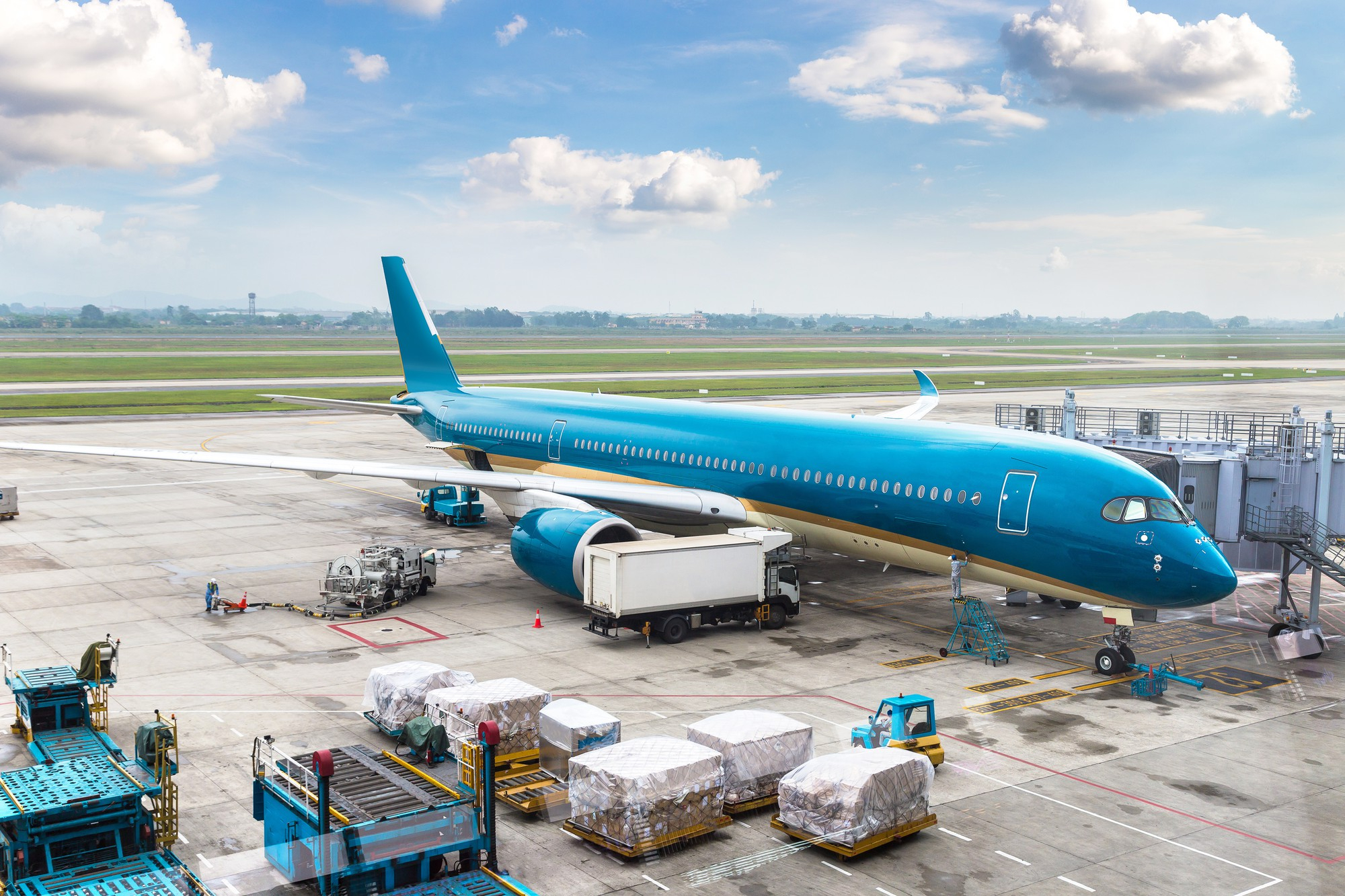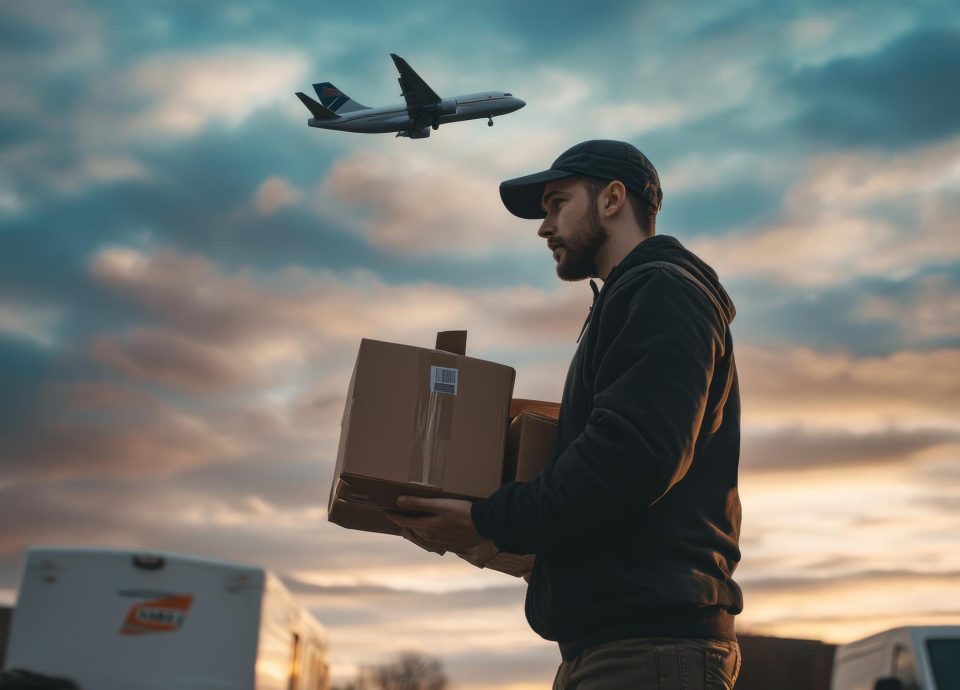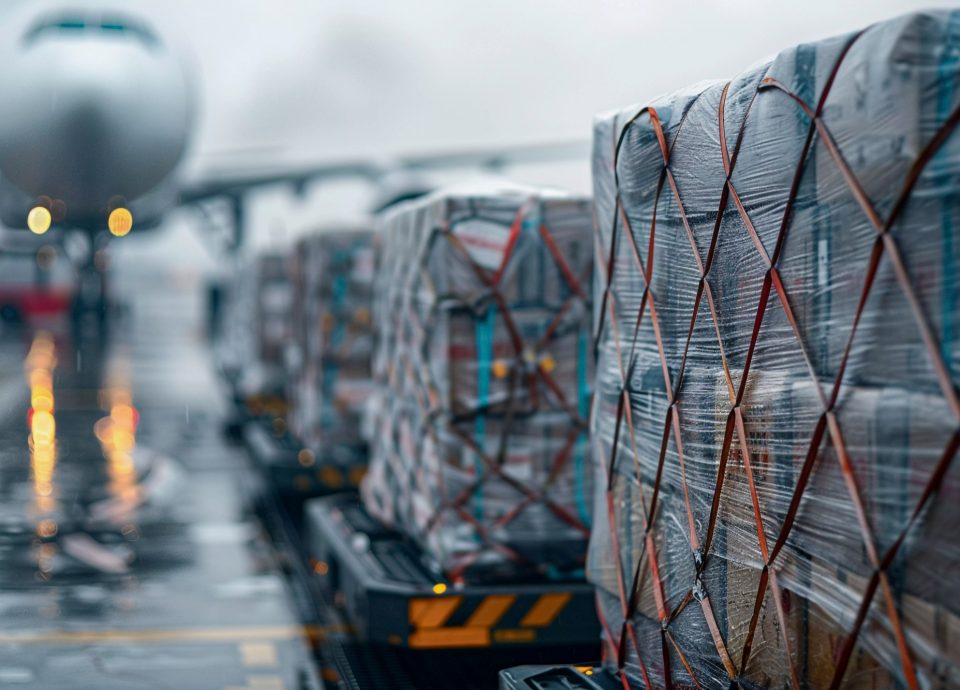E-commerce has redrawn the map of global trade. Shoppers expect next-day delivery, sellers list to dozens of markets simultaneously, and supply chains flex daily around promotions, returns, and new product drops. In this environment, the difference between delighting a customer and losing a lifetime of loyalty is often measured in hours. That’s where air transport service changes the game. By compressing transit times, tightening security, and providing predictable capacity across continents, it gives brands and marketplaces a fast, resilient backbone for growth.
At Sprinter Emergency Transport Inc., we design and run premium shipping programs for retailers, healthcare networks, and D2C brands that need consistent speed and total visibility. We’ve seen firsthand how air transport service transforms inventory strategy, marketing execution, and the shopper experience—from flash sales and influencer spikes to seasonal peaks and launch days. This guide explains what the mode really offers, how to implement it, and where it pays for itself.
Whether you’re scaling a marketplace storefront or orchestrating a global omnichannel network, the move to air transport service isn’t just a logistics tweak—it’s a strategic upgrade.
What Is Air Transport in the E-Commerce Context?
In simple terms, air transport service is the movement of commercial goods by aircraft—via passenger belly space or dedicated freighters—synchronized with first-mile pickup, airport handling, export clearance, import brokerage, and last-mile delivery. Unlike slower modes, it reduces handoffs, operates inside secure zones, and provides more reliable ETAs.
Across major trade lanes, brands use air transport service to replenish high-velocity SKUs, move influencer-driven demand spikes, and stage inventory for fast regional fulfillment. For cross-border sellers, air transport service opens markets without the long cash-to-cash cycle of ocean freight.
Passenger Belly vs. Freighter Capacity
- Passenger belly offers multiple daily departures and is ideal for parcel-dense, smaller consignments that benefit from frequency.
- Freighters provide large doors, higher volumetric capacity, and options for outsized cargo, secure compartments, or active temperature-controlled containers.
What E-Commerce Shippers Gain
- Predictable departures and arrivals through hub networks
- Controlled handling and fewer touches, reducing damage and loss
- Better data: milestone scans and event-driven notifications you can automate against
Why E-Commerce Is Pivoting to Air
Speed is obvious—but the real revolution is financial and experiential. Done right, air transport service tightens working capital cycles, de-risks marketing calendars, and turns visibility into a proactive tool.
Shorter Cash-to-Cash Cycles
Inventory that arrives in days instead of weeks sells sooner. With air transport service, brands cut storage and obsolescence costs while keeping in-stock rates high.
Predictable Lead Times for Launches and Peaks
You can schedule influencer drops, retail endcaps, and marketplace promos with confidence when air transport service protects your calendar from slowdowns.
Security and Shrink Reduction
Airports are heavily regulated environments. Screened cargo, restricted access, and fewer handoffs make air transport service a safer pathway for high-value items and easy-to-fence electronics.
Returns and Reverse Logistics
Fast exchanges preserve lifetime value. Leveraging air transport service on select return flows can restore inventory faster and keep loyal buyers happy.
Global Reach Without the Guesswork
For landlocked or disruption-prone destinations, air transport service maintains service levels when surface networks wobble.
A Step-by-Step Walkthrough: From Cart to Customer
A clear playbook keeps stakeholders aligned and eliminates surprises.
1) Demand Planning and Slotting
Merchandisers forecast drops and peaks; operations align capacity. Locking space early is the foundation of reliable air transport service.
What to lock in
- Priority lanes and alternates
- Service levels (express vs. standard)
- Packaging specs and carton footprints
- Customs data readiness (HS codes, values, consignees)
2) First-Mile and Terminal Acceptance
Consolidate parcels at an origin hub. Screen-ready freight tendered early in the day gains access to more departures, accelerating air transport service.
3) Screening, Build-Up, and Uplift
Compliant, accessible packaging moves quickly through security. Clean scans and ULD build-ups keep air transport service on schedule.
4) Linehaul Flight and Milestone Visibility
Expect flight numbers, ETD/ETA, and exception codes in your TMS or OMS. Data-rich air transport service lets CX teams message customers proactively.
5) Arrival, Brokerage, and Recovery
Pre-filed entries and consistent data shrink customs cycle time. Coordinated recovery and bonded cartage prevent destination dwell.
6) Last-Mile Orchestration
Choose carrier mixes by zone and product class (bulky vs. small parcel). Appointment delivery for VIP orders protects the unboxing experience.
Costs, ROI, and Where the Premium Pays for Itself
Comparing per-kilo rates alone undersells the value. Think in total-landed-cost terms: carrying cost + markdown risk + SLA penalties + CX impact.
Where the Math Tilts to Air
- Faster launches capture campaign ROI; air transport service safeguards marketing spend.
- Reduced stockouts increase conversion and ranking on marketplaces.
- Lower damage and theft preserve gross margin. With air transport service , fewer touches equal fewer write-offs.
- Speed to sale improves cash flow. Air transport service gets you paid sooner.
Practical cost controls
- Right-size packaging to cut dimensional weight
- Split critical SKUs to air; defer the balance by ocean
- Tender earlier for more departure options
Signals You Should Shift More Volume to Air
- Your promotion calendar is slipping due to unpredictable transit times.
- High-velocity SKUs keep going out of stock after social spikes.
- Returns linger in transit and miss re-sell windows.
- You’re paying penalties for late marketplace SLAs.
- Damage or theft claims are eroding margins.
- Your CX team spends hours chasing WISMO tickets.
- Launches require synchronized inventory in multiple regions.
- Warehouses are bloated with safety stock.
- You’re expanding into landlocked markets.
- Data quality from carriers is too sparse for proactive service.
In each case, a focused air transport service program can stabilize outcomes without moving 100% of your freight. Start with the lanes and SKUs where speed has the biggest payoff, then layer in analytics to refine the mix. As reliability improves, scale air transport service deliberately.
Data, Tech, and the New Playbook for Fast Ops
Fast shipping only delights when customers can see it coming.
Event-Driven Visibility
Modern air transport service feeds real-time milestones—received, screened, built, departed, arrived, customs status, recovered, out for delivery—into your stack so support teams and buyers stay aligned.
Intelligent Exceptions
Your OMS should auto-message on reflight, weather holds, or customs reviews. With robust integrations, air transport service becomes predictably fast, not just fast.
Compliance, Security, and Canadian Requirements
Air is governed by strict rules designed to keep cargo, crews, and passengers safe—plus customs laws that keep trade lawful and traceable. Building compliance in from the start keeps parcels moving.
- Transport Canada – Air Cargo Security Program (screening, chain-of-custody, authorized facilities):
- Canada Border Services Agency – Commercial Importing (documentation, duties/taxes, clearance)
With clean data and correct packaging, air transport service glides through the airport instead of waiting on a fix at the dock.
Packaging and Risk Control for E-Commerce
Design for Speed and Survival
- Double-wall cartons or engineered mailers
- Internal blocking/bracing; zero internal movement
- Corner/edge guards; “do not stack” cones for fragile items
- Shock/tilt indicators for high-value consignments
Cold Chain and Sensitive Goods
Pre-conditioned passive shippers or active containers with data loggers ensure compliance; the shorter exposure window of air transport service further protects integrity.
Sustainability Without Losing Velocity
Aircraft are energy-intensive, but design choices matter:
- Favor newer aircraft and high load-factor routings
- Participate in SAF programs when available
- Right-size packaging to reduce volumetric weight
- Consolidate compatible orders where timelines allow
Applied thoughtfully, air transport service can be part of a responsible growth plan.
Why Choose Sprinter Emergency Transport Inc.
Premium speed should come with premium certainty. Sprinter Emergency Transport Inc. builds end-to-end programs that make fast shipping simple to run and easy to trust.
What We Deliver
- Capacity when it counts: Access to passenger belly space, freighters, and charters so air transport service lifts even in peak season.
- 24/7 orchestration: Named operations contacts, proactive exception management, and real escalation paths.
- Compliance baked in: Lithium battery/DG fluency, validated cold chain, and meticulous documentation.
- Secure handling: Screen-ready tender, tamper-evident seals, vault/escort options, and bonded cartage.
- Real-time visibility: API/EDI feeds, live milestones from tender to POD, and temperature telemetry when needed.
- Transparent pricing: Line-item quotes that match invoices—no surprises.
If you need a partner to transform fast shipping from a headache into an advantage, our team will blueprint the air transport service you need—and run it like clockwork.
A. Flash-Sale Replenishment
A beauty brand’s flash sale drove a 5× spike. We pre-booked space, split lots across consecutive departures, and used bonded cartage to reach fulfillment centers within 48 hours. The controlled cadence of air transport service kept listings in stock and ads profitable.
B. Multiregion Launch Day
A gaming peripheral maker needed synchronized inventory in three countries. With pre-filed customs entries and tight milestone SLAs, all FCs stocked on time; launch revenue hit target.
C. Returns at Speed
A fashion retailer enabled express returns on top sellers for final-week holiday purchases; recovered inventory sold at full price instead of markdown.
Faster Isn’t Just Better—It’s Smarter
E-commerce leaders don’t chase speed for its own sake. They chase it because reliable speed stabilizes marketing, compresses cash cycles, and earns trust. When shoppers click “buy,” they’re buying a promise. The right air transport service program helps you keep it—every time.
Sprinter Emergency Transport Inc. designs fast-lane logistics that pair velocity with visibility and control. Tell us your lanes, deadlines, and constraints, and we’ll build a flight-ready plan that delivers today—and scales tomorrow.
Ready to upgrade your shipping strategy? Contact Sprinter Emergency Transport Inc. for a customized assessment and implementation roadmap.
Frequently Asked Questions:
1) What’s the difference between air, expedited ground, and ocean for e-commerce?
Air is fastest and most predictable across long distances, ground is cost-effective for regional delivery, and ocean is best for bulk replenishment with long lead times.
2) How soon can a new fast-lane program go live?
With clean data and defined lanes, many brands pilot within two weeks; full rollout depends on systems integration and carrier mix.
3) Do I need to move everything by air to see results?
No. Target the SKUs and lanes where speed changes outcomes (promos, high LTV customers, fragile or high-value goods), then scale based on performance.
4) How do duties and taxes affect cross-border delivery times?
Pre-filed entries, accurate HS codes/values, and aligned Incoterms prevent holds. A seasoned partner coordinates brokerage to keep freight moving.
5) What packaging upgrades pay off first?
Right-sized cartons to reduce volumetric weight, internal bracing for fragile items, and clear handling indicators—small changes that cut claims and costs.
6) How do I keep customers informed without flooding them with messages?
Trigger event-based notifications tied to real milestones (departed, arrived, out for delivery). Fewer, smarter updates reduce WISMO contacts.
7) What should I ask when vetting a fast-shipping partner?
Request case studies, visibility demos, escalation paths, and a breakdown of fees. Ensure they can orchestrate capacity, compliance, and last mile under one roof.




